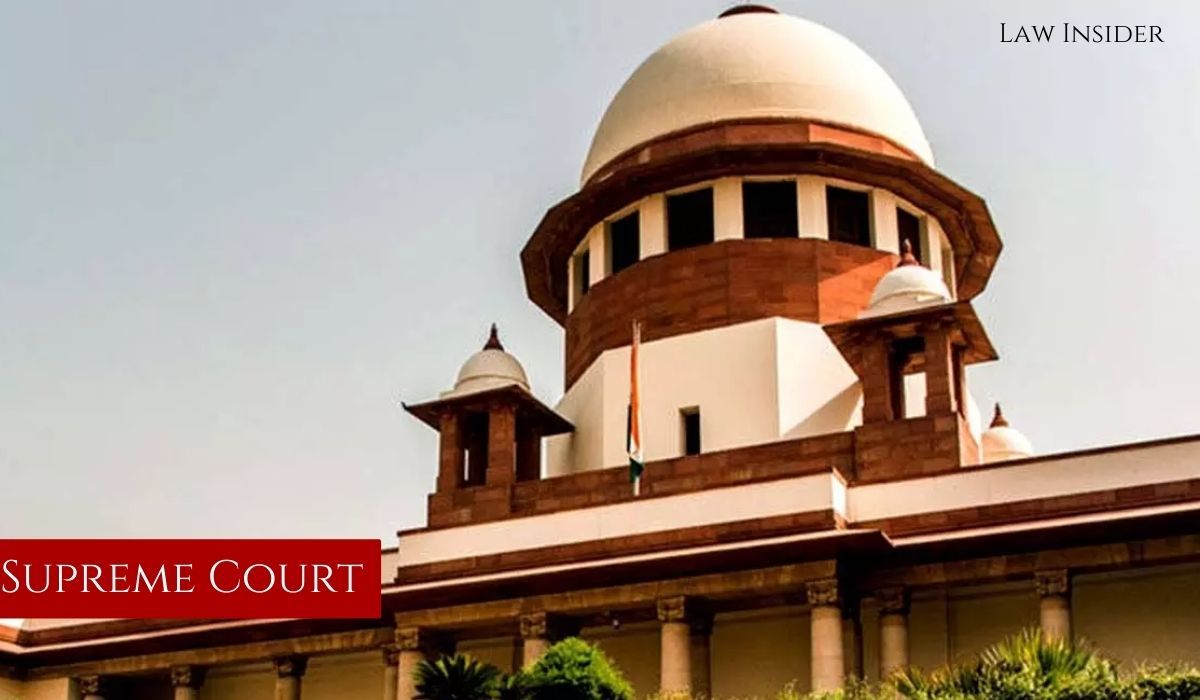LI Network
Published on: 26 August 2023 at 19:01 IST
The Supreme Court of India has reversed the impact of the Rainbow ruling, which had altered the prioritization of government dues within the hierarchy of repayment preferences, thus restoring the original waterfall mechanism as outlined in the Insolvency and Bankruptcy Code (IBC).
The Indian insolvency framework incorporates a mechanism that determines the order of repaying dues based on a hierarchy of preferences. Section 53 of the IBC, often regarded as the core of the legislation, establishes the sequence for repaying stakeholders, assigning priority. Generally, secured creditors are given precedence over government and statutory dues.
It’s crucial to note that the waterfall mechanism, governing the distribution of assets in liquidation and repayment of dues in resolution, prioritizes insolvency and liquidation expenses first.
Subsequently, workmen’s dues and unsecured creditor debts are addressed. Next, unpaid employee wages and dues take precedence, followed by unsecured creditor debts, government dues, and secured creditor financial debts.
The remaining debts and dues come next, with dues to equity shareholders and partners being paid last.
However, certain recent legal interpretations, including the Rainbow ruling, had challenged this established order, allowing government dues to be settled before other outstanding debts. This ruling posed challenges for potential bidders due to unresolved government and statutory dues.
The Supreme Court has now invalidated this interpretation, upholding the integrity of the waterfall mechanism.
In the case of Paschimanchal Vidyut Vitran Nigam Ltd (PVVNL) v. Raman Ispat Private Limited, the National Company Law Tribunal (NCLT) and the National Company Law Appellate Tribunal (NCLAT) had ruled that a property attached by PVVNL to recover electricity dues from Raman Ispat could be realized through the liquidation process under the IBC.
PVVNL contended that the IBC’s repayment scheme did not apply to their case. PVVNL’s arguments rested on two main points. Firstly, they invoked the “generalia specialibus non derogant” doctrine, asserting that the Electricity Act, 2003 being a special law, should override the general law of the IBC. Secondly, they relied on the Rainbow Paper Mills ruling.
The Supreme Court affirmed that the IBC prevails over the Electricity Act due to Section 238 of the IBC, establishing the IBC’s primacy. This echoes the stance adopted in Sundaresh Bhatt, Liquidator of ABG Shipyard v. Central Board of Indirect Taxes and Customs, stating that IBC takes precedence over other statutes.
The Supreme Court observed that the Rainbow ruling had misconstrued the waterfall mechanism under Section 53. Importantly, this ruling pertains specifically to the liquidation process, whereas the Rainbow Papers case concerned a resolution process.
The court highlighted the distinct treatment of secured creditor debts and government dues, emphasizing Parliament’s intent to treat them differently.
Consequences of Rainbow Judgement
The Rainbow pronouncement had equated state government claims with those of secured creditors for repayment during the resolution process.
This blurred the line between government dues secured by law and those secured through contracts.
This decision led to the need for tribunals to first determine claim statuses, causing delays in the resolution process.
The PVVNL ruling provides a significant relief for creditors and financial institutions that sought clarity on this issue. it reinstates the understanding of government dues under Section 53 of the IBC.

